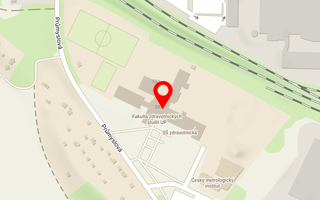Publikace detail
Respirační epiteliální adenomatoidní hamartom
Autoři:
Krtičková Jana | Laco Jan | Dědková Jana | Vodička Jan | Šatanková Jana | Švejdová Anna | Růžička Jaroslav | Kordač Petr | Čelakovský Petr | Mejzlík Jan | Školoudík Lukáš | Chrobok Viktor
Rok: 2019
Druh publikace: článek v odborném periodiku
Název zdroje: Otorinolaryngologie a foniatrie
Název nakladatele: Česká lékařská společnost J. E. Purkyně
Místo vydání: Praha
Strana od-do: 211-216
